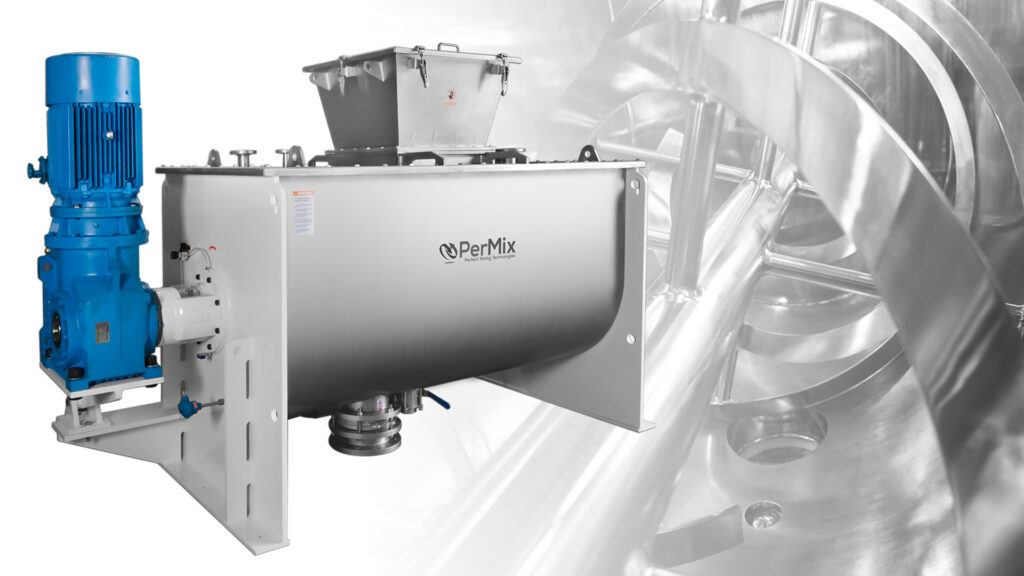
Ribbon Mixer Sizing: Why Knowing Bulk Density Is Critical
Why Knowing Bulk Density Is Critical When Sizing A Ribbon Mixer
Bulk density is a crucial parameter to consider when sizing a ribbon mixer because it directly impacts the mixer’s performance and efficiency. The bulk density of a material is the mass of a unit volume of the material in its natural, undisturbed state. In the context of ribbon mixers, which are commonly used for blending dry powders and granules, understanding and accounting for bulk density is critical for several reasons:
- Mixing Uniformity:
- The bulk density of the materials being mixed affects how they interact in the mixer. Materials with different bulk densities may segregate during the mixing process, leading to uneven distribution of components in the final mixture. It’s essential to size the mixer appropriately to ensure thorough and uniform blending.
- Capacity and Throughput:
- The bulk density influences the volume of material that the mixer can handle. Sizing the mixer correctly based on the bulk density ensures that it can accommodate the required batch size without overloading or underutilizing the equipment. This is crucial for optimizing production efficiency.
- Power Consumption:
- The power required to mix materials in a ribbon mixer is influenced by the bulk density. Materials with higher bulk density may require more power to achieve proper mixing. Sizing the mixer based on bulk density helps in selecting an appropriately powered mixer, optimizing energy efficiency, and reducing operational costs.
- Mixer Design and Agitation:
- The design of the ribbon mixer, including the size and configuration of the mixing blades, is influenced by the bulk density of the materials. Different materials with varying bulk densities may require adjustments to the mixer design to ensure efficient and effective mixing.
- Material Flow:
- Bulk density affects how materials flow into, through, and out of the mixer. Understanding the bulk density helps in designing features such as discharge mechanisms to ensure smooth material flow without clogging or uneven discharge.
- Mixer Loading:
- Overloading a mixer beyond its capacity can lead to suboptimal performance, increased wear and tear, and potential safety issues. Properly sizing the mixer based on bulk density ensures that it can handle the intended load safely and efficiently.
In summary, considering bulk density when sizing a ribbon mixer is essential for achieving consistent mixing, optimizing capacity and throughput, minimizing power consumption, and ensuring the longevity and safety of the equipment. It allows for the selection of a mixer that is well-suited to the specific characteristics of the materials being processed.




